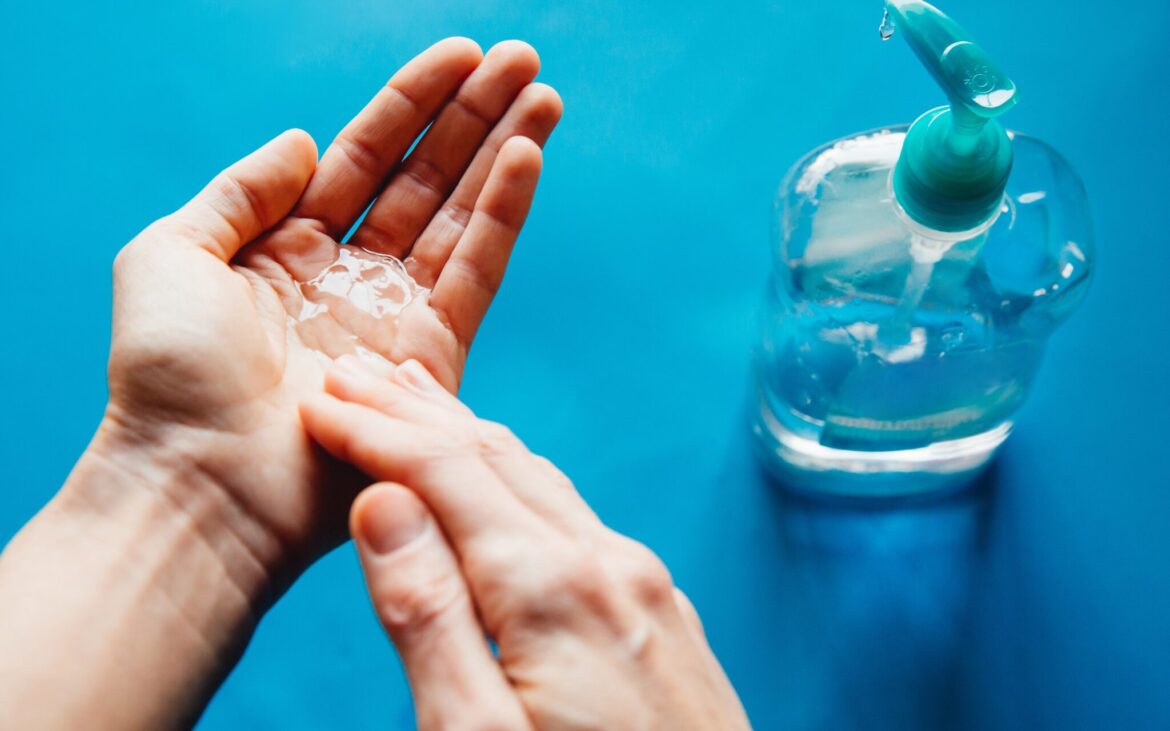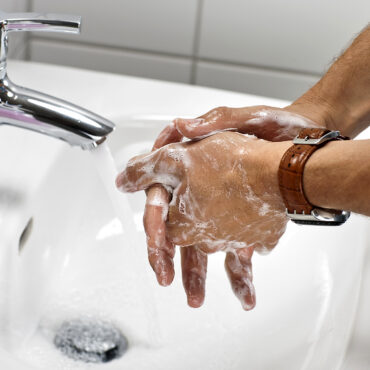How we can wash our hands, if running water is not accessible?
| On Aug01,2021
By now, many of us have heard several times that washing hands with soap and water is an effective way to get rid of germs, including those that cause foodborne illness. We are advised to wash our hands often, especially before and after handling food. This advice is easy to follow when we have access to clean, running water. But how do you wash your hands if you find that clean, running water is out of reach?
Fortunately, good hand hygiene can be practiced in settings without clean, running water. Here are three tips for ensuring that your hands stay clean if water is not accessible:
- Think ahead – Carry bottled water, soap, paper towels, hand sanitizer or disposable moist towelettes for any outing in case clean, running water is not accessible at your destination. Use soap and clean bottled water whenever possible to wash your hands, especially before and after handling food. If you do not have soap and water on hand, use moist towelettes or hand sanitizer.
- Use alcohol-based sanitizer – DUPAS recommends using hand sanitizer that contains at least 60 percent alcohol. You can tell if your sanitizer contains at least 60 percent alcohol by looking at the product label. To use hand sanitizer properly, apply the gel product to the palm of one hand, rub your hands together to ensure the gel covers all surfaces of your hands and fingers until your hands are dry. This should take around 20 seconds. Do not wipe or rinse off the hand sanitizer before it is dry.
- Know the limits – Sanitizers may not be as effective when hands are visibly dirty or greasy. This may happen after working with food, doing yard work, or gardening. Whenever possible, wipe dirt or grease off your hands with a clean paper towel and then apply sanitizer.
- Use approved products – When cleaning your hands, stick to commercially produced and FDA-approved products. The CDC and FDA do not recommend that individuals make their own hand sanitizer. If made incorrectly, hand sanitizer can be ineffective, or unsafe.
Recent USDA studies have found that people wash their hands incorrectly up to 99 percent of the time. If you do have access to clean running water and soap, remember these simple steps to wash your hands effectively:
- Wet hands with clean, warm running water, turn off the tap and apply soap.
- Lather hands by rubbing them together with the soap. Be sure to lather the backs of hands, between your fingers and under nails.
- Scrub hands for at least 20 seconds.
- Rinse hands well under clean, warm running water.
- Dry hands using a clean towel or paper towel.
Whether using soap and water, disposable wipes or hand sanitizer, the good news is that it is possible to practice good hand hygiene in all situations to keep uninvited germs at bay.
Final Words
If you do not have soap and water on hand, use moist towelettes or hand sanitizer. Use alcohol-based sanitizer – CDC recommends using hand sanitizer that contains at least 60 percent alcohol. You can tell if your sanitizer contains at least 60 percent alcohol by looking at the product label.


